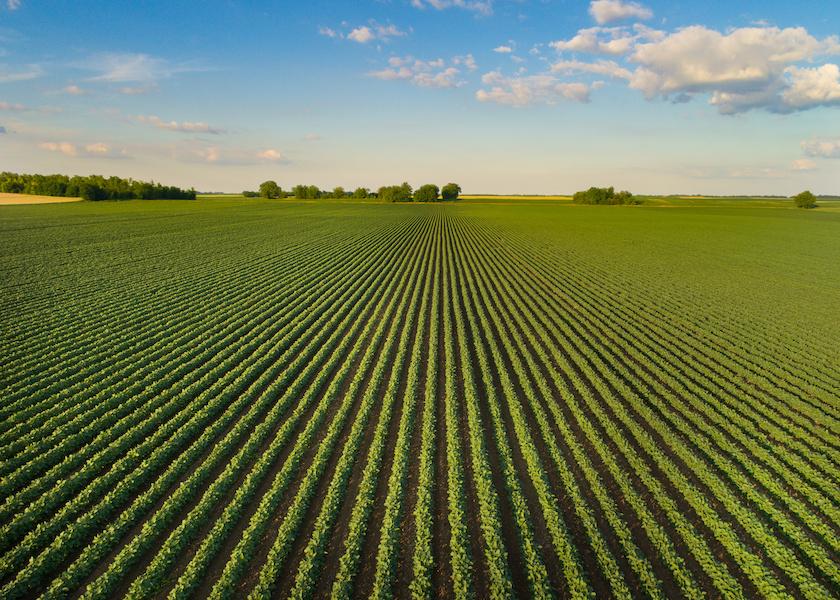The Latest Investment Craze: Farmland

It’s a conversation occurring more regularly in rural coffee shops across the United States: “Who bought the ‘X’ farm that sold last week?” Answer: “An outside investor.”
Farmland currently appears to be something akin to a modern-day gold rush. It can’t be bought up fast enough, while per-acre prices fetched for recent sales set record high after record high.
Flip on your television during a Sunday business show, or open up your social media feed, and you’ll likely see ads for farmland investment brokers like AcreTrader, Farmfolio, and FarmFundr.
These companies provide investment access to farmland via “crowdfunding,” in which the company purchases a farm, then offers investment in fractional shares. The land is either farmed by the company or leased back to private farmers, with proceeds returned to investors.
Delaware-based FarmTogether also offers crowdfunding investment, boasting 7-13% net returns and 3-9% target cash yield. Additionally, FarmTogether provides brokerage services for sole ownership of farms, as well as capital gains tax avoidance swaps via 1031 Exchange transactions.
NASDAQ-traded Gladstone Land Corporation and NYSE-traded Farmland Partners, Inc., take a slightly different tack, buying and leasing farmland and placing it in a real estate investment trust (REIT). In a REIT, investors then gain partial ownership by purchasing the company’s publicly traded stock. Gladstone also actively recruits farmers who are looking to expand via leased acres.
While their approaches vary, all of these companies create access to farmland ownership at a relatively modest investment level, compared to purchasing an entire farm. Each of them touts farmland as a solid investment, weaving in terms like “recession-proof,” “low volatility,” and “superior asset class.”
Across the board, they cite an annual return on investment in the neighborhood of 11.0-11.5%. That jibes with USDA data, which shows a positive return on farmland every year since 1991, with an average annual return of 11.5%.
According to investor site The Motley Fool, that puts farmland ahead of all other asset classes in the past 30 years, except the Dow Jones REIT Index. That’s right – ahead of gold, the S&P 500, bonds, and commercial real estate.
It also likely explains why Bill Gates is the single largest private owner of farmland in the country, with a current portfolio of 242,000 acres in 19 states. And it’s no surprise to anyone living in rural America that the average price per acre of farmland has risen by about 75% over the past 15 years.
Today, fully 40% of U.S. farmland is not owned by farmers, according to American Farmland Trust. In addition to a rising number of domestic investment options for non-farmers, there’s another factor in play: foreign investment.
In 2020 alone, non-U.S. ownership of land in this country grew by 2.4 million acres. And from 2009-2019, the amount of farmland owned by non-U.S. entities increased by 60%.
These trends have some retiring farmers and their heirs circling the wagons in terms of how they sell their farmland when the time comes. Plenty of ground still goes to the highest bidder on the auction block. But some sellers are choosing direct private sales, sealed bids, or non-family farm succession programs to ensure that their family farm remains a family farm.







